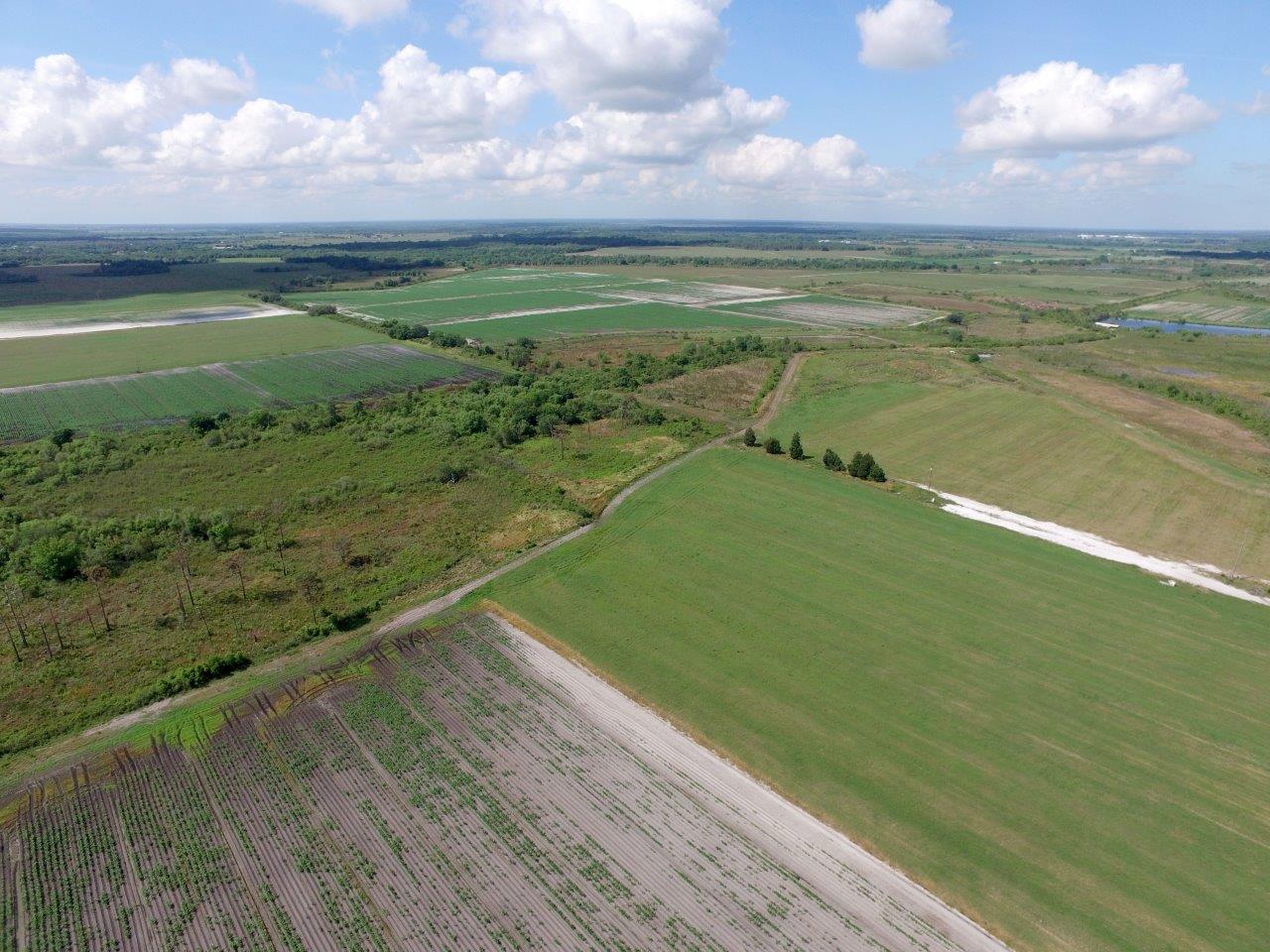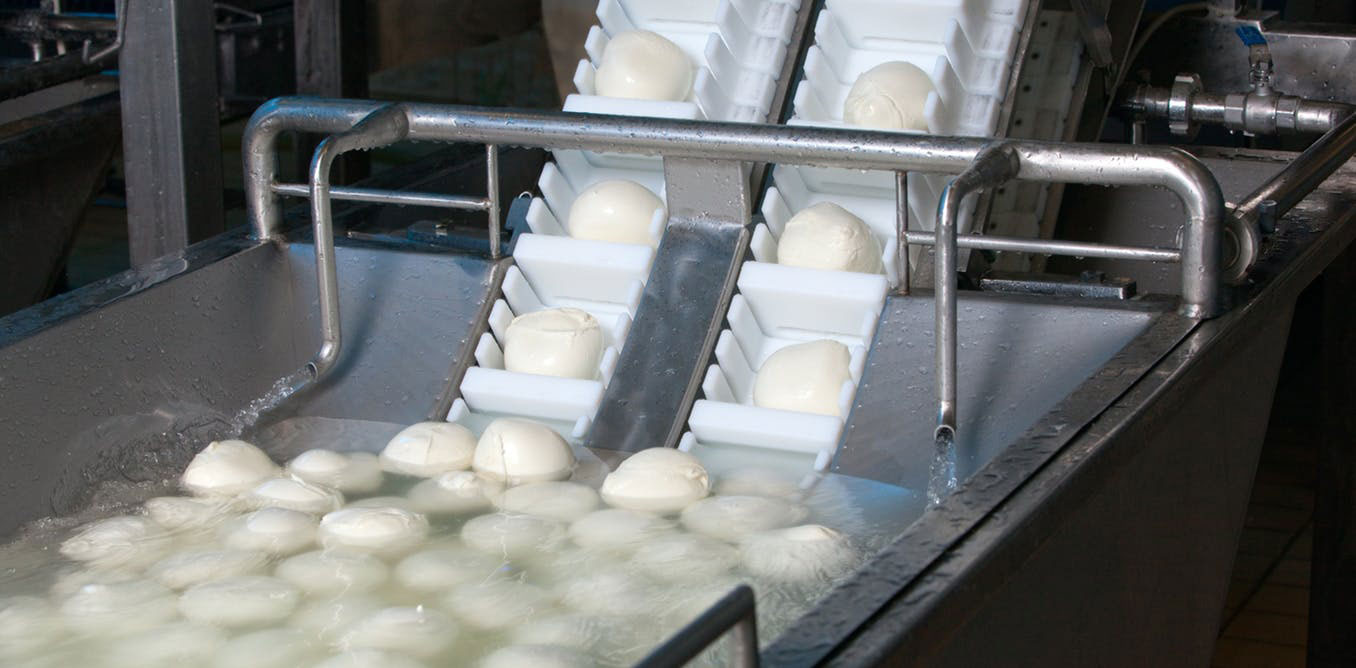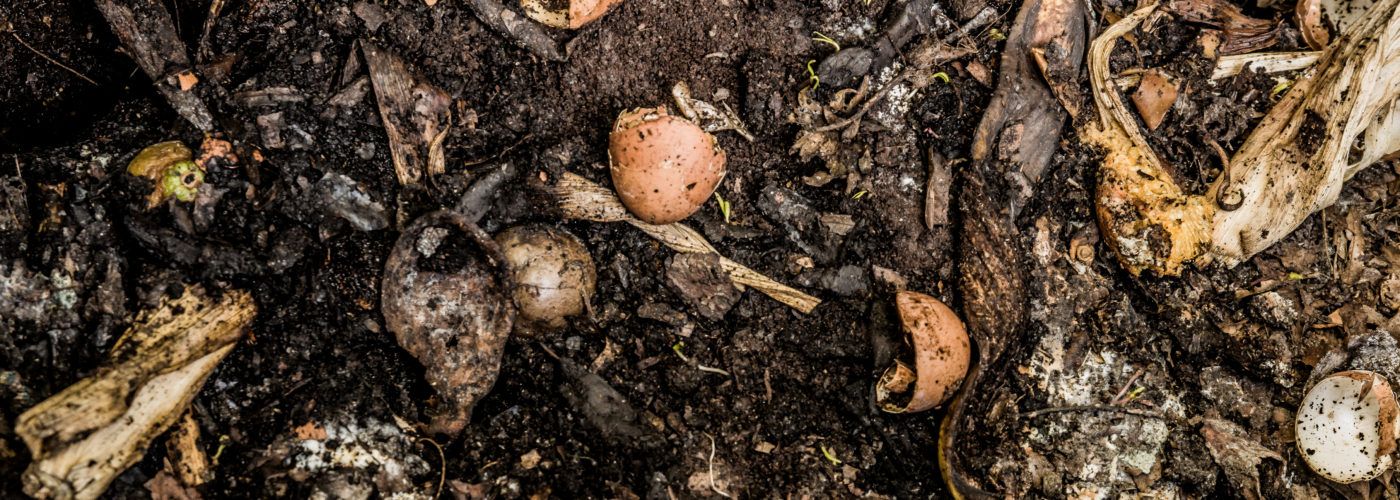Researchers from the Medical University of Vienna and the Environment Agency Austria tested eight volunteers from a variety of countries, including Finland, Italy, Japan, the Netherlands, Poland, Russia, the U.K., and Austria. These volunteers were asked to keep a food diary for a week leading up to having a stool sample taken.
Author: Republished With Permission
We Need a Green New Deal for Farmland
The new Data For Progress memo builds on the Green New Deal resolution—a sweeping proposal to build out a carbon neutral economy, inspired by the package of Roosevelt administration social policy that lifted the United States out of the 1930s Depression and created the largest middle class in history. The Green New Deal, advocates say, would mobilize similar infrastructure and jobs programs, but with a focus on climate mitigation and resilience, and a more broadly construed focus on equity. (While the original New Deal met many goals expressed by organized labor, it failed to address racial inequality).
Recycling, Yard Waste, and Composting During the Pandemic
Of course, the recycling industry was already in an era of massive upheaval BEFORE the global pandemic. COVID-19 is just making things worse. You’ve no doubt noticed the effect that the pandemic has had on gas prices. Low oil and gas prices mean recycling makes less and less sense economically – since plastic is made from oil, cheap oil means cheap plastic. And when oil is cheap, using virgin plastic makes more economic sense than using recycled plastic.
One way to reduce food waste: Use it to make soil healthier
According to the U.S. Environmental Protection Agency, the United States generates over 39 million tons of food waste yearly. Strawberries rot on the vine for lack of labor to pick them. Food spoils during transport, at the grocery store or in our homes. More is lost during processing, due to inefficiencies and lack of markets for byproducts.
Ditch plastic dog poo bags, go compostable
Traditional plastic bags are made from ethylene, derived from petroleum or natural gas. Ethylene does not degrade easily. So these types of bags are major contributors to plastic pollution.
How Microplastics Enter the Food Chain Through Organic Fertilizers
Germany leads the world in recycling, with 65% percent of the population using the country’s color-coded bins. Almost 12 million tons of food and garden waste are composted or turned into bio-gas yearly. The researchers examined fertilizer samples from different types of waste treatment plants, finding samples from those plants converting biowaste contained plastic particles of varying sizes and concentrations.
The Climate Solution Right Under Our Feet
The way to stop climate change might be buried in 300 square feet of earth in the Venice neighborhood of Los Angeles, amid kale and potatoes. A half-dozen city youth are digging through the raised bed on a quiet side street, planting tomato seedlings between peach and lime trees.
Don’t waste your dog’s poo – compost it
One medium-sized dog produces about 180 kilograms of poo a year.
Microplastics In Tap Water and Beer Around the Great Lakes, and Everywhere Else
Most microplastics discovered were 5 millimeters in length or shorter, according to the researchers. For reference, a penny is 19 millimeters in diameter.
Healthy soil is the real key to feeding the world
heir experiences, and the results that I saw on their farms in North and South Dakota, Ohio, Pennsylvania, Ghana and Costa Rica, offer compelling evidence that the key to sustaining highly productive agriculture lies in rebuilding healthy, fertile soil.









